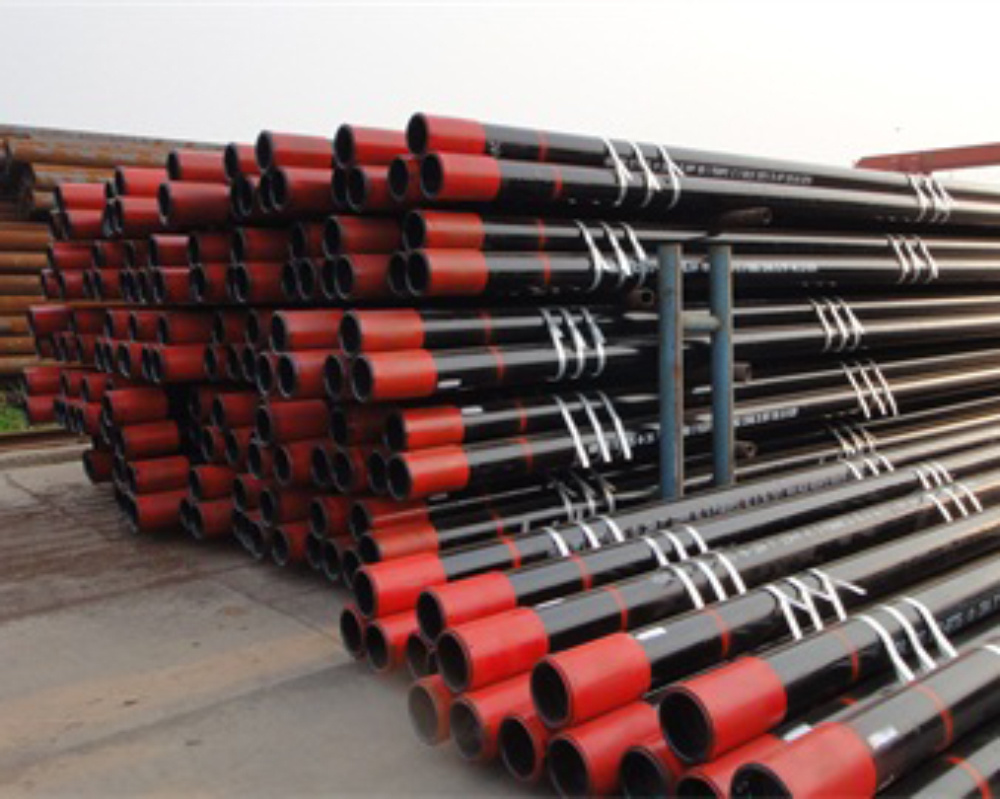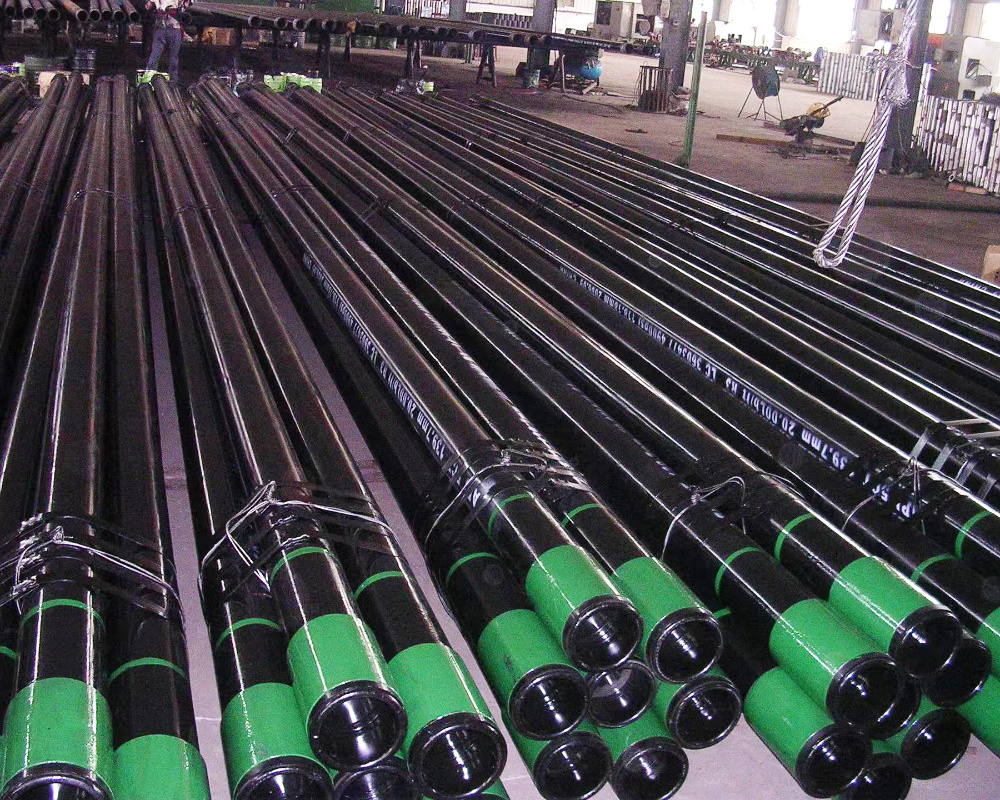Understanding ASTM A53 Seamless Pipe: Essential Insights for Professionals
In the construction and building materials industry, ASTM A53 seamless pipe stands out as a critical component, particularly for projects requiring strong and reliable piping solutions. ASTM A53 is a standard specification developed by the American Society for Testing and Materials (ASTM) that outlines the requirements for seamless and welded black and hot-dipped galvanized steel pipe. This specif
In the construction and building materials industry, ASTM A53 seamless pipe stands out as a critical component, particularly for projects requiring strong and reliable piping solutions. ASTM A53 is a standard specification developed by the American Society for Testing and Materials (ASTM) that outlines the requirements for seamless and welded black and hot-dipped galvanized steel pipe. This specification is crucial for professionals who need to make informed decisions regarding material selection.
One of the primary advantages of ASTM A53 seamless pipe is its excellent mechanical properties, which include high tensile strength and resistance to corrosion. Seamless pipes are manufactured without any welded seams, enhancing their durability and making them ideal for high-pressure applications. This characteristic ensures that they can withstand harsh environments and meet stringent safety standards, making them suitable for various construction projects.
ASTM A53 seamless pipes come in several grades, primarily Grade A and Grade B, each with specific yield strength and tensile strength properties. Grade B is often preferred for structural applications due to its superior strength and ability to withstand high pressures. Understanding these differences is vital for professionals when selecting the appropriate pipe for their specific needs.
In terms of applications, ASTM A53 seamless pipe is widely used in various sectors, including oil and gas, water supply, and construction. Its versatility allows it to be used in structural frameworks, mechanical systems, and transportation of fluids. Additionally, the compatibility of ASTM A53 with various coatings further enhances its utility in diverse environments, providing additional protection against corrosion and wear.
When considering ASTM A53 seamless pipe for your projects, it is also essential to take into account the standards and regulations that govern its use. Compliance with these standards ensures that the materials used are tested and verified for quality and performance, which is crucial for the safety and longevity of the structures built.
In conclusion, ASTM A53 seamless pipe is a vital material in the construction and building materials sector, offering durability, strength, and versatility. By understanding its specifications and applications, professionals can make informed choices that enhance the quality and safety of their projects. Whether you are involved in structural engineering, mechanical design, or project management, incorporating ASTM A53 seamless pipe into your materials repertoire can be a significant advantage.
One of the primary advantages of ASTM A53 seamless pipe is its excellent mechanical properties, which include high tensile strength and resistance to corrosion. Seamless pipes are manufactured without any welded seams, enhancing their durability and making them ideal for high-pressure applications. This characteristic ensures that they can withstand harsh environments and meet stringent safety standards, making them suitable for various construction projects.
ASTM A53 seamless pipes come in several grades, primarily Grade A and Grade B, each with specific yield strength and tensile strength properties. Grade B is often preferred for structural applications due to its superior strength and ability to withstand high pressures. Understanding these differences is vital for professionals when selecting the appropriate pipe for their specific needs.
In terms of applications, ASTM A53 seamless pipe is widely used in various sectors, including oil and gas, water supply, and construction. Its versatility allows it to be used in structural frameworks, mechanical systems, and transportation of fluids. Additionally, the compatibility of ASTM A53 with various coatings further enhances its utility in diverse environments, providing additional protection against corrosion and wear.
When considering ASTM A53 seamless pipe for your projects, it is also essential to take into account the standards and regulations that govern its use. Compliance with these standards ensures that the materials used are tested and verified for quality and performance, which is crucial for the safety and longevity of the structures built.
In conclusion, ASTM A53 seamless pipe is a vital material in the construction and building materials sector, offering durability, strength, and versatility. By understanding its specifications and applications, professionals can make informed choices that enhance the quality and safety of their projects. Whether you are involved in structural engineering, mechanical design, or project management, incorporating ASTM A53 seamless pipe into your materials repertoire can be a significant advantage.
TAG:
Related Posts
Understanding Carbon Steel Seamless Pipes: Essential Insights for Construction Professionals
Carbon steel seamless pipes are an integral component in the construction and decorative materials industry, particularly in the realm of building pipes. These pipes are manufactured without seams, which makes them highly durable and reliable for various applications. Understanding their properties, advantages, and applications can greatly enhance decision-making for professionals in the field.
On









